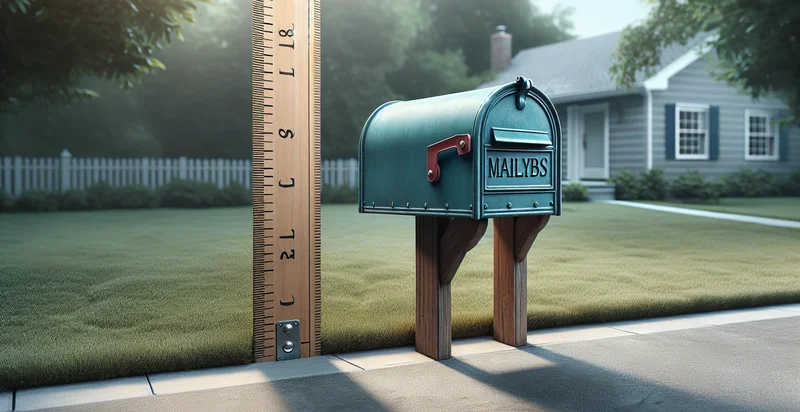Identify mailbox count
using AI
Below is a free classifier to identify mailbox count. Just upload your image, and our AI will predict the number of mailboxes in the image - in just seconds.

Contact us for API access
Or, use Nyckel to build highly-accurate custom classifiers in just minutes. No PhD required.
Get started
import nyckel
credentials = nyckel.Credentials("YOUR_CLIENT_ID", "YOUR_CLIENT_SECRET")
nyckel.invoke("mailbox-count", "your_image_url", credentials)
fetch('https://www.nyckel.com/v1/functions/mailbox-count/invoke', {
method: 'POST',
headers: {
'Authorization': 'Bearer ' + 'YOUR_BEARER_TOKEN',
'Content-Type': 'application/json',
},
body: JSON.stringify(
{"data": "your_image_url"}
)
})
.then(response => response.json())
.then(data => console.log(data));
curl -X POST \
-H "Content-Type: application/json" \
-H "Authorization: Bearer YOUR_BEARER_TOKEN" \
-d '{"data": "your_image_url"}' \
https://www.nyckel.com/v1/functions/mailbox-count/invoke
How this classifier works
To start, upload your image. Our AI tool will then predict the number of mailboxes in the image.
This pretrained image model uses a Nyckel-created dataset and has 10 labels, including 0, 1, 101+, 11-20, 2-5, 21-30, 31-40, 41-50, 51-100 and 6-10.
We'll also show a confidence score (the higher the number, the more confident the AI model is around the number of mailboxes in the image).
Whether you're just curious or building mailbox count detection into your application, we hope our classifier proves helpful.
Related Classifiers
Need to identify mailbox count at scale?
Get API or Zapier access to this classifier for free. It's perfect for:
- Mailbox Capacity Monitoring: This function can be used by municipalities to automatically monitor the volume of mail in public mailboxes. By analyzing image data, city officials can efficiently plan for timely collection, ensuring that mailboxes are not overflowing and that postal services remain reliable.
- E-commerce Delivery Verification: E-commerce companies can utilize the mailbox count identifier to confirm the number of packages delivered to residential mailboxes. This ensures that customers receive the right quantity of parcels, reducing the number of delivery discrepancies and improving customer satisfaction.
- Postal Route Optimization: Postal services can leverage this technology to analyze mailbox counts along delivery routes. By identifying areas with higher volumes, they can optimize their routes for efficiency, resulting in reduced fuel costs and improved delivery times.
- Neighborhood Mail Usage Analytics: Real estate developers and urban planners can use mailbox count data to assess mail usage patterns in different neighborhoods. This information can be valuable for understanding community engagement and satisfaction, guiding future developments that cater to residents' needs.
- Anti-theft Measures: Insurance companies can deploy the mailbox count identifier to detect unusual mail volume behavior that may indicate tampering or theft. By monitoring mailbox counts, they can detect and respond to issues quickly, potentially reducing insurance claims related to mail theft.
- Smart City Applications: A smart city initiative could integrate mailbox count identification into its broader IoT framework. This data can contribute to analytics that optimize postal services, enhance neighborhood security, and improve public service efficiency, aligning with urban sustainability goals.
- Direct Mail Campaign Effectiveness: Marketing agencies can use mailbox count identifiers to measure the success of direct mail campaigns. By correlating mailbox data with customer responses, they can refine targeting strategies and improve the ROI of future campaigns, making marketing efforts more effective.


